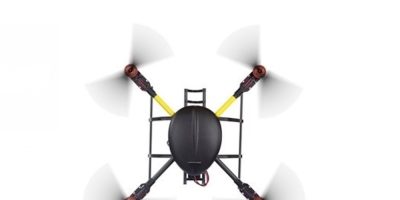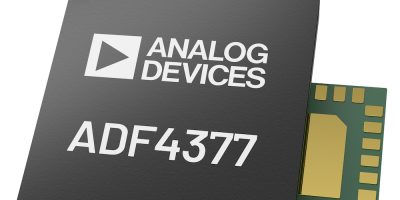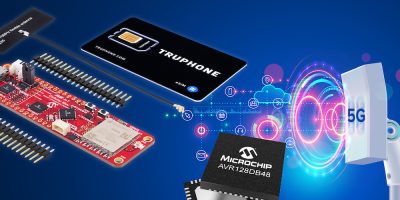GNSS boards and modules from Septentrio now support PX4 Autopilot for faster integration of positioning into unmanned aerial vehicles (UAVs) and robots.
The single and dual antenna AsteRx-m3 and mosaic receivers with PX4 Autopilot enable real time kinematic (RTK) positioning for UAVs. PX4 Autopilot is one of the largest commercially adopted open source navigation control stacks. It is typically used to build and maintain drone hardware and software in a scalable way. Drones and robots can now implement Septentrio’s positioning receivers known to be secure against GPS jamming and spoofing with built-in AIM+ (Advanced Interference Mitigation technology.
“Our developer community is looking forward to integrating Septentrio’s secure GNSS positioning technology into UAVs and robots, especially in those applications where reliability matters from mapping to surveillance and delivery,” commented Ramon Roche, general manager, Dronecode Foundation.
The collaboration with Dronecode is important “because it brings resilient and secure GPS technology to the UAV industry, with tremendous potential in terms of assured positioning and improved safety,” said Gustavo Lopez, market access manager at Septentrio.
PX4 is supported by Septentrio’s GNSS boards and modules with both single antenna and dual antenna configurations, which offer either heading and pitch or heading and roll angles on top of accurate GNSS positioning.
The Septentrio PX4 driver is available on the GitHub.
Dronecode is a vendor-neutral foundation for open source drone projects. It is a US-based non-profit under the Linux Foundation and provides open source governance, infrastructure, and services to software and hardware projects. Dronecode works with developers, end-users, and adopting vendors from around the world.
Septentrio is an ISO 9001-certified manufacturer of multi-frequency multi-constellation GPS / GNSS positioning technology for demanding applications. Reliable centimetre-level positioning enables machine automation improving efficiency and safety. Septentrio provides positioning for industrial applications such as robotics, construction, survey and mapping, maritime, logistics and UAVs.
Septentrio has its headquarters in Leuven, Belgium and offices in Los Angeles, Shanghai, Seoul and Yokohama as well as partners around the world.







